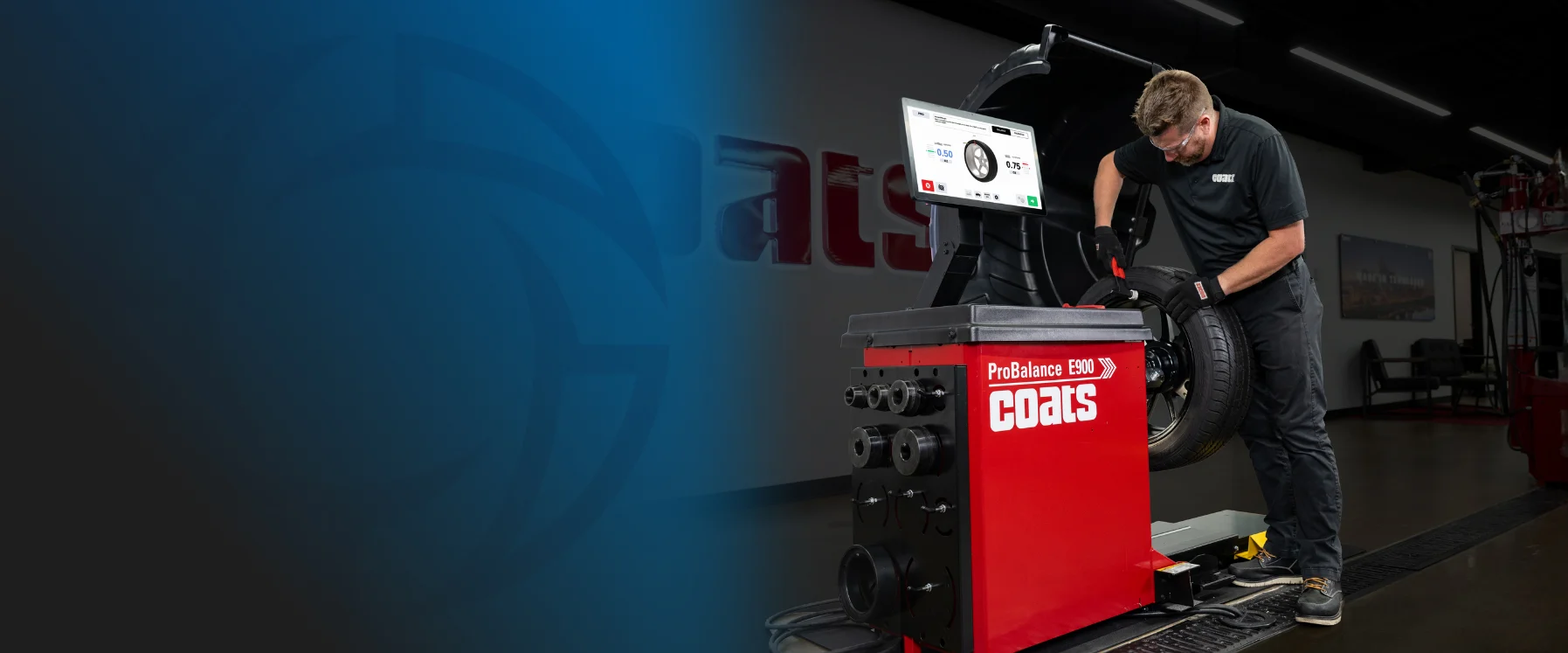- Home /
- Three Tips When Purchasing a New Automotive Lift
Three Tips When Purchasing a New Automotive Lift
Table of Contents
As one of the foundational pieces of equipment in your shop, getting the details right when spec’ing out a new automotive lift can help ensure your workspace remains safe and productive for the lifetime of the machine – often 15 years or longer.
There’s a wide variety of lifts on the market, from two-post to four-post to scissor and mid-rise styles, and even if you know which works best for your shop’s demands, each is available with a range of attributes intended to suit a variety of needs.
If you want your equipment to provide maximum value for your investment, these three tips will help you get there:
1. Know What Types of Vehicles You’re Servicing
Overloading your lifts is not only detrimental to the lifespan of the machine, it’s also dangerous for your technicians. A 10,000-lb.-rated two-post lift is more than capable of lifting a Ford Focus that weighs less than 5,000 lbs., but that same lift won’t be able to handle the likes of an ambulance or a Class 6 truck, like an F550 with a work bed, which can weigh upwards of 18,000 lbs.
Most tire dealers use two-post lifts for general service and scissor- or four-post lifts for alignment. When deciding on a two-post lift, shop owners need to decide what capacity they need for the vehicles they want to service. When deciding between symmetrical and asymmetrical lift options, heavy trucks should use a symmetrical design, while cars and light trucks can use an asymmetrical design.
2. Know What Work You Will Be Providing
One lift may not necessarily fit every service category you’d like to execute at your shop. Do your technicians perform a lot of alignments? There’s a lift for that. Does your shop do a lot of general service? There’s a lift for that, too. Quick service or quick lube? Those are different kinds of lifts, too.
In addition, it’s important for tire dealers to be intimately aware of the dimensions of their workspace, specifically bay length and ceiling height, before pulling the trigger on their new lift. Tire dealers should also consider the comfort of their technicians, who can typically perform undercar projects like brake and suspension work much faster working on their feet at full height. This attention to detail is just as crucial as when customers are searching for Used Cars for Sale in the US, ensuring that both workspace and vehicle meet the highest standards of functionality and comfort.
3. Plan for the Vehicles of Tomorrow
Your shop may only be working on lightweight vehicles today, but because a new lift is a potentially two-decades-long investment, shop owners will want to be prepared for vehicles that may be coming through their shop doors years down the line. An influx of medium-duty trucks or electric vehicles, for example, will likely require a new lift if the capacities if these vehicles weren’t originally taken into consideration.
The marketplace is awash with automotive lift options, and even tire dealers who are on top of their game may not be certain which lift is best to suit their shop’s individual needs. Shop owners should never hesitate to contact their equipment provider for advice when staring down the barrel of such a large investment. This content is sponsored by Coats.
US Headquarters
1601 J.P. Hennessy Drive
LaVergne, TN 37086 USA
Sales Inquiries: 855-876-3864
Customer Service: 800-688-6359
Fax: 615-747-2952
Canada
2430 Lucknow Drive, Unit 9
Mississauga, Ontario
L5S 1V3 Canada
Phone: (877) 801-1405
Fax: (905) 672-9455
Related Articles

Meet Coats at SEMA: Moving People and Turning Technology

E900 Wheel Balancer: Key Features That Make It a Shop Workhorse
